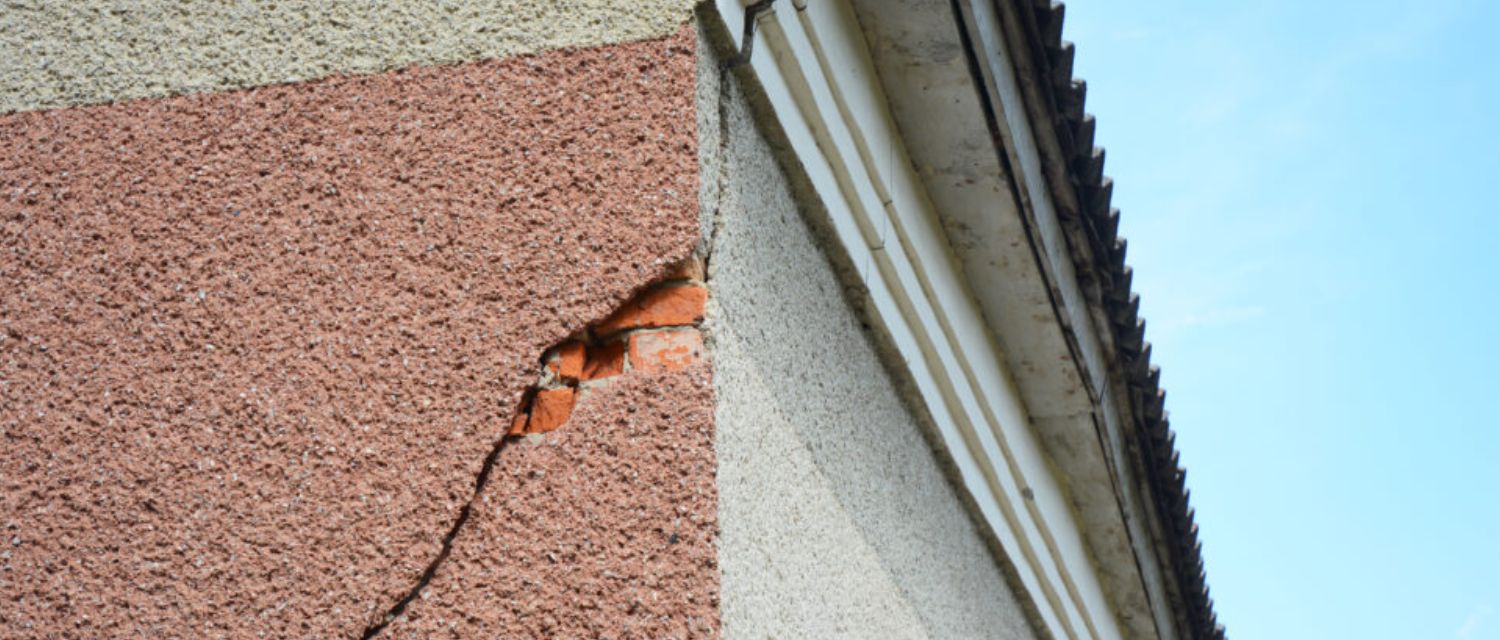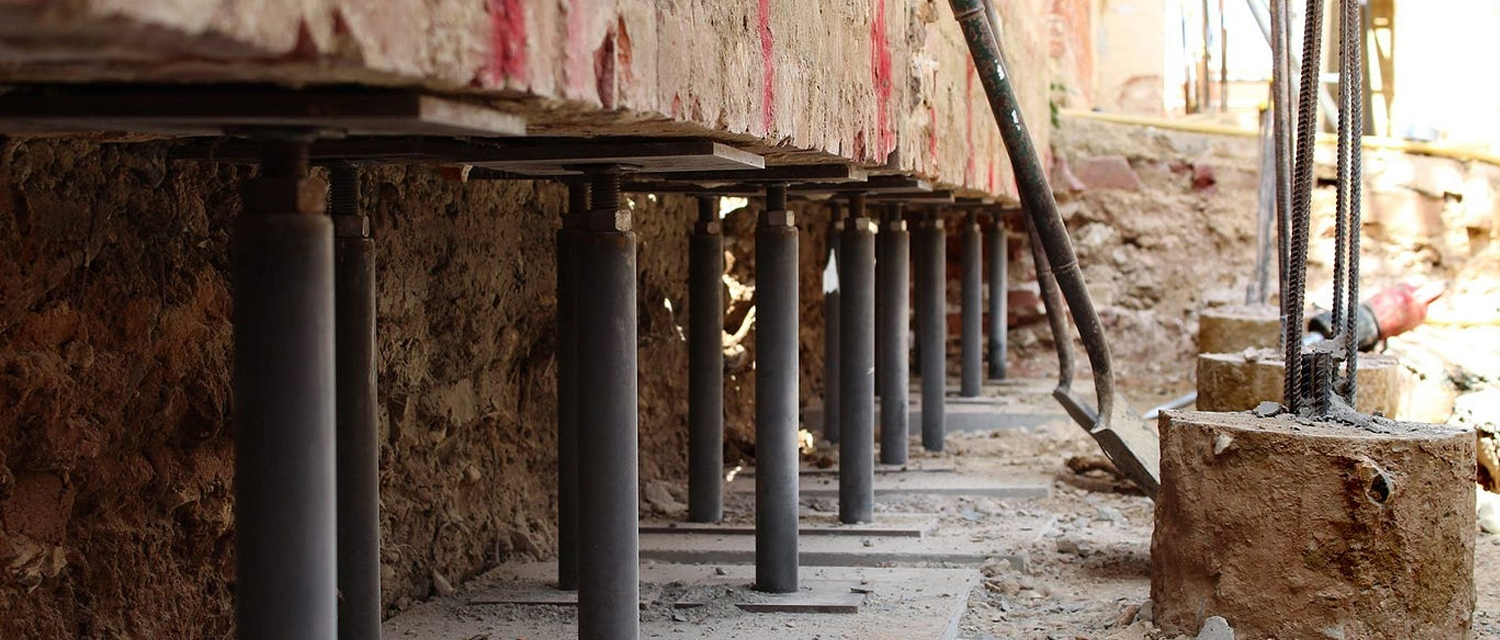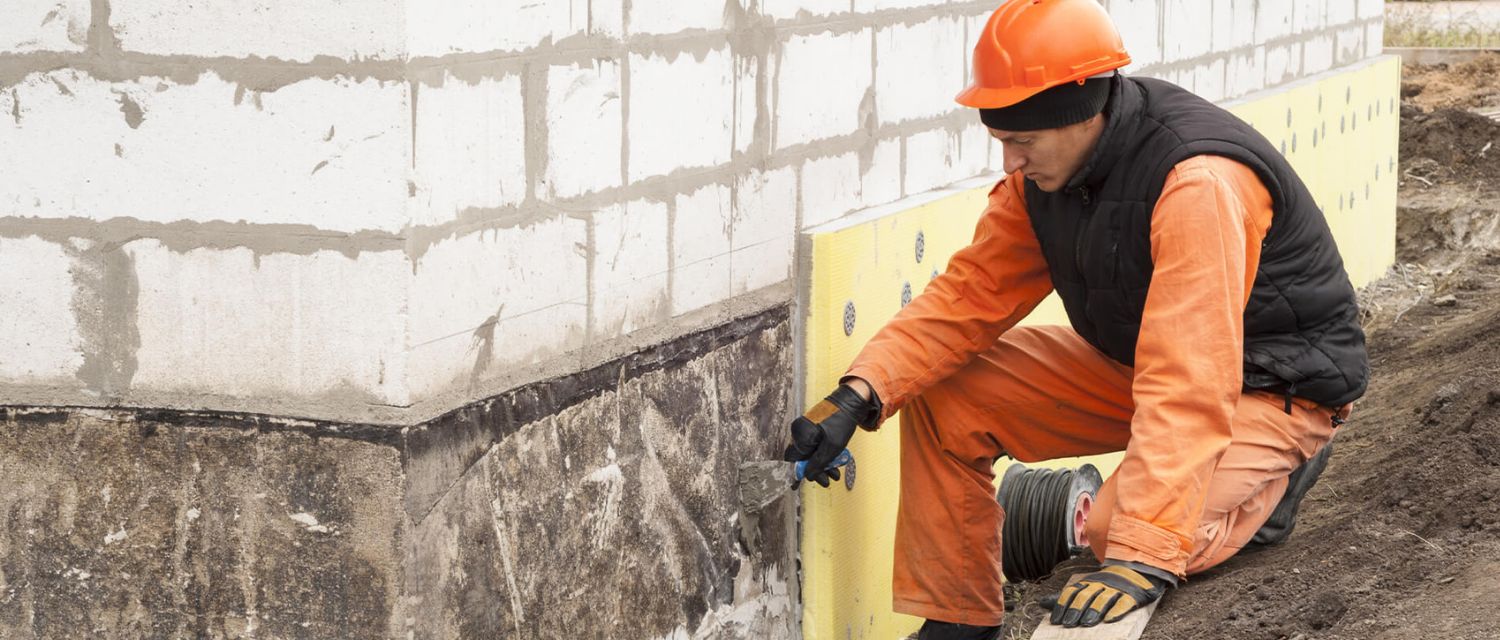Get free quotes within minutes
What Causes Subsidence And How To Manage It?

Table Of Content
- Introduction
- Causes of Subsidence
- Signs of Subsidence
- How to Lessen the Risk of Subsidence
- Actions to Take When You Notice Subsidence
Subsidence refers to the downward movement of soil mass or settling of the ground underneath foundations, resulting in the structures above, gradually or suddenly, sinking into the ground. If the ground surface shifts downward, it is called subsidence. It is often seen as a relatively infrequent issue affecting the built environment. When subsidence affects a property or infrastructure, it can be a costly and time-consuming task to find a suitable solution. To save yourself from all nuances of subsidence, you can learn details here.
Causes of Subsidence
Several reasons can cause subsidence in a building's foundation. Let us explore some common reasons.
1. Natural Causes
- Soil type and composition: Clay and silt are more susceptible to subsidence due to their shrinking swell capacity. For example, clay soil can expand when wet and contract when dry, causing the ground to shift.
- Geological movements: Earthquakes and a depression or hole in the ground are natural geological events that can lead to sudden subsidence.
- Water content in soil: Changes in soil moisture levels due to lack of rain or heavy rain can cause the ground to shrink or swell, leading to subsidence. Persistent moisture levels are important for soil stability.
2. Anthropogenic activities
- Construction activities: Digging out, drilling, and other construction activities can trouble the soil and lead to subsidence. Improper construction activities aggravate this risk.
- Removal of underground water: Groundwater removal can lower the water level, causing the soil to settle.
- Mining operations: Mining activities remove large volumes of underground material, which can lead to ground fall and subsidence.
3. Manual Errors
- Poor foundation plan: Insufficient foundation plan and construction can fail to check soil conditions, increasing the chances of subsidence.
Signs of Subsidence
Recognising subsidence early can mitigate the risk of severe structural damage. That's why it is essential to be vigilant about changes in your property’s condition. Let's explore some signs of subsidence that every property owner should know.
- Visible cracks in floors, walls, and ceilings: One of the most evident signs of subsidence is the appearance of cracks, especially around doors and windows, where the building’s substructure is most stressed.
- Tilting or sinking floors: Uneven and sloping floors indicate the building settling unevenly. This can be felt as you walk across the floor, and in severe cases, furniture and other items may visibly slide towards the lower side of the room.
- Doors and windows not closing properly: As the foundation of a property shifts, doors and frames become misaligned. Due to this misalignment, doors and windows no longer close properly.
- Gaps appearing between walls and ceilings or floors: Another important sign of subsidence is the appearance of gaps where all ceilings and floors meet. These gaps appear because, as the substructure moves, the wall walls are dragged apart from the ceilings and floors, making visible separations.
Being alert to these signs is the first step in detecting subsidence. You must consult with a professional as soon as possible if any of these signs are noticed on your property.
How To Lessen The Risk Of Subsidence?
Compared to dealing with subsidence after-effects, preventing subsidence is a highly effective and cost-saving measure. By taking the following steps, property owners can reduce the likelihood of being affected by subsidence:
- Upkeep gutters and downspouts: Make sure all external drainage is well maintained. It is crucial to keep gutters and downspouts clean because one of the common reasons for subsidence is water gathering around the foundation, usually because of the poor drainage system of the property.
- Plan your tree plantation: If you are thinking of planting trees, be mindful of the types of plants and trees near your foundation because trees with deep root systems can draw significant moisture from the soil, leading to shrinkage. So plant them at least 40 meters away from your property to help prevent the roots from invading your foundations.
- Extend property with an expert: Hire professional home extension experts to plan any extension onto your property. A poor foundation could cause the extension to sink lower.
- Building inspections: Regular inspections by reputable professionals are necessary for recognising early signs of subsidence. You can mark them before they become critical. This should be particularly important, at least once a year, if your building is in an area susceptible to subsidence.
- Soil management: Installing and frequently monitoring irrigation systems can help attain an even soil moisture level, avoiding dry conditions and flooding. Applying mulch, such as bark, wood chips, leaves, and other organic material, helps retain moisture in the soil and improve its condition.
Actions To Take When You Notice Subsidence
Constructive subsidence management includes immediate actions to prevent further damage and long-term solutions to secure structural stability. There are generally two policy strategies for land subsidence: mitigation and adaptation.
Immediate actions:
It is important to take immediate action when signs of subsidence are recognised. With the help of immediate actions, by applying temporary support and strengthening, you can prevent further damage while you work on a permanent solution. These temporary measures are crucial in offering immediate relief and creating the time needed to formulate and accomplish a comprehensive long-term strategy.
Long-term solutions to subsidence:
Underpinning techniques, drainage solutions and soil management methods are the permanent solution. You can hire local underpinning experts to check the problem and give a solution.
- Underpinning: It is a construction method used to power and stabilise the base of an existing building that has been affected by subsidence. By expanding the base of the building to a more stable soil layer or by distributing the building’s load more evenly across the base, the underpinning labels this issue of subsidence. This makes sure that the building is securely supported, minimising the risk of further damage.
- Drainage solutions: Introducing proper drainage systems is essential to managing water levels around the foundation and hindering water-related subsidence. It can include French drains, sump pumps, and surface grading to secure water flow away from the foundation rather than gathering around it.
- Soil management: For proper management of soil, grouting and soil nailing can be done. Grouting involves injecting grout into the soil, which helps strengthen and address gaps. The insertion of steel nails at regular intervals reinforces the soil. Both methods are crucial in preventing subsidence and ensuring the long-term stability of buildings.
Conclusion
It is important to understand the causes of subsidence to prevent issues that can arise in the future. There are various factors, such as water drainage, soil composition, and human activities such as mining, that can cause ground subsidence. Regular monitoring can help in the early detection of subsidence. Acting proactively and addressing the issues can help minimise the risks that can be caused by subsidence. When you need to call underpinning experts, restumpers or house re-levelling professionals, you should not delay the implementation on your property.
YOU MIGHT ALSO BE INTERESTED IN

A Guide To Underpinning Building Regulations

What Causes Subsidence And How To Manage It?
Capital Cities
- Underpinning Experts Services in Melbourne
- Underpinning Experts Services in Brisbane
- Underpinning Experts Services in Sydney
- Underpinning Experts Services in Adelaide
- Underpinning Experts Services in Perth
- Underpinning Experts Services in Canberra
- Underpinning Experts Services in Hobart
- Underpinning Experts Services in Darwin











